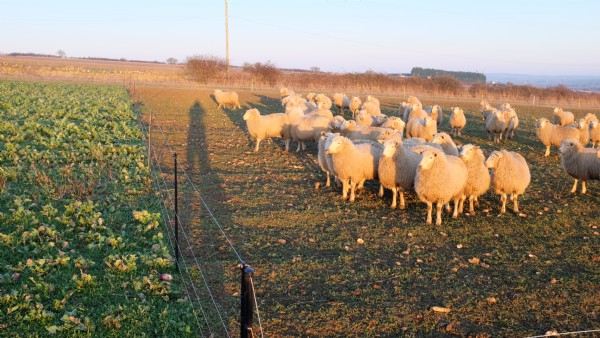

When grass is restricted, fodder crops provide essential forage, reducing feed costs. They are also highly beneficial break crops which reduce grassland weeds and pest attacks.
Once the decision has been made to break up a ley or pasture, many farmers sow a brassica fodder crop. These are not troubled by grass pests or diseases and thrive on the nitrates released by the decaying sward. Once sown, brassicas quickly produce a fodder crop and adding muck or fertiliser to the crop makes it as productive as possible. This then feeds a larger number of livestock, so returning more dung to the soil, making the most of a very beneficial cycle.
Short-term catch crops include turnips, kale, swede and rape. They are sown in late spring or summer to provide valuable home-grown fodder for buffer feeding dairy cows or finishing lambs in autumn or winter, when other sources of forage are limited.
Turnips and rape grow quickly, needing just 10 weeks. Kale, swede and hardy turnip take a bit longer but are much more winter hardy and excellent for late-winter grazing. Stubble turnips are palatable, energy-rich and offer dairy farmers the opportunity to prevent a feed shortage over the summer. To allow the rumen to adjust, cows should be introduced gradually to the crop for the first few days.
Lambs can be successfully fattened on fodder brassicas, gaining around 100-150 grams per day. The addition of a small quantity of hay, barley or concentrates is beneficial. Root crops, especially when grown on free-draining soils, are excellent for late autumn and winter use.
Date Posted: 17th January 2018



